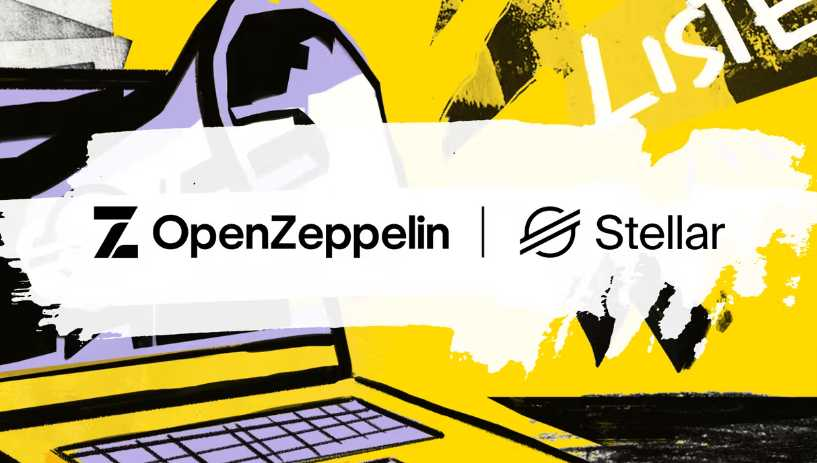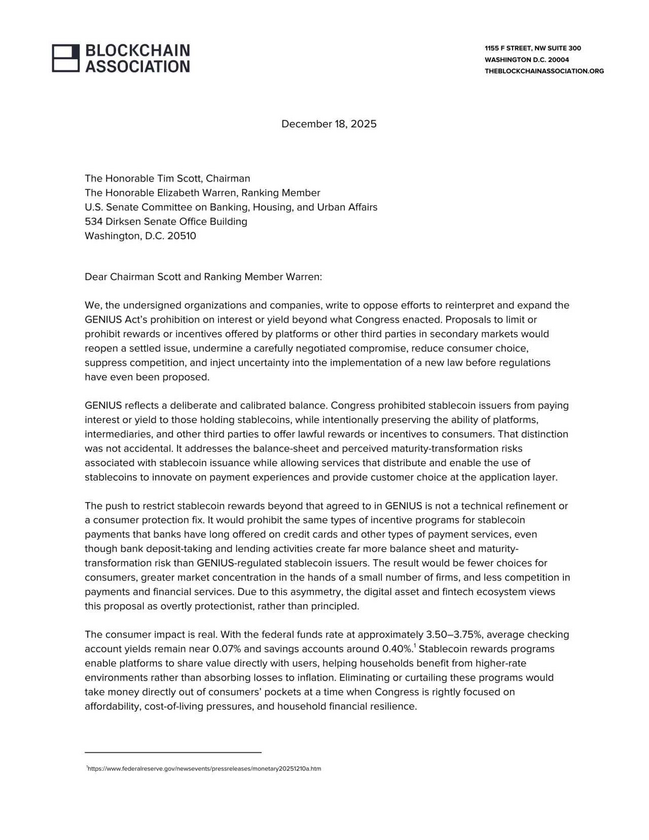The Stellar Development Foundation (SDF) is thrilled to announce a two-year partnership with OpenZeppelin, a leader in blockchain security and smart contract development. This collaboration brings OpenZeppelin's expertise in smart contract standards and security to Soroban, the native Stellar smart contract platform.
OpenZeppelin has earned its sterling reputation by establishing standards and security frameworks in the Ethereum ecosystem. Their work has been instrumental in shaping how developers build secure, standardized smart contract applications. Now, they're bringing this same level of expertise to Stellar through the development of the Stellar Library.
The long-term partnership, spanning from January 2025 through December 2026, will deliver a comprehensive suite of tools and resources for Stellar developers. At its core is the Stellar Library, which will provide foundational smart contracts, advanced token standards, and cryptographic utilities. These building blocks will enable Stellar developers to create sophisticated applications while leveraging audited code and maintaining the highest security standards.
Security is paramount in this collaboration. The partnership includes dedicated security audits, with 40 Auditor Weeks allocated over the two-year period. Additionally, OpenZeppelin will establish and operate a bug bounty program for the Stellar Library, demonstrating our shared commitment to maintaining top-notch security measures.
Beyond the library itself, OpenZeppelin will develop a suite of open-source tools aimed at streamlining development, deployment, and security processes for Stellar smart contract builders. These tools, encompassing open-source versions of Defender tools such as Code Inspector, Relayers, Monitors, and more, will be freely available through OpenZeppelin's public GitHub repository, fostering an open and collaborative development environment.
The integration of Stellar smart contracts into OpenZeppelin's Contracts Wizard will further simplify the development process. Stellar developers will soon be able to generate smart contracts in seconds for widely used standards like ERC20, ERC721, ERC1155, and Governor. This powerful tool allows builders to leverage proven patterns and standards with ease, further reducing time-to-market and increasing reliability.
By joining forces with OpenZeppelin, SDF is bringing the best-in-class smart contract development standards to the Stellar ecosystem. We're excited to work with the OpenZeppelin team to create the foundation for the next generation of applications built on Stellar.
Stay tuned for updates as we begin rolling out these new tools and resources for the Stellar developer community.
































